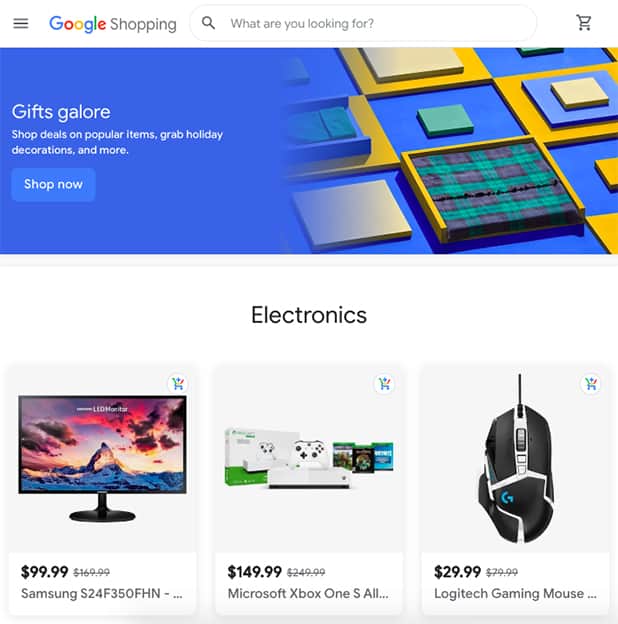Google Shopping and the death of comparison shopping engines – StartupSmart
Recently, Google introduced Google Shopping to the Australian site. In the US and UK, this has been known in the past as Google Base or Google Product, which are now all accessed from the unified Google Merchant Center.
So what’s so interesting about this new entry?
For years, those in the SEO industry have known that Google’s algorithm in Australia is at least three to four years behind the advancements that have been made in the US.
One of the classic examples is how much comparison shopping engines like Getprice and shopping.com have featured so highly in the Search Engine Ranking Positions (SERPs).
However, in google.com (US), comparison shopping engines (CSEs) have been algorithmically weeded out of the top results for product specific and category specific searches, areas which CSEs have typically been strong in.
So why hasn’t this change rolled out in Australia yet? One theory is that there was no replacement system such as a Google Base equivalent here in Australia yet.
However, with the introduction of Google Shopping, it will only be the next logical step for Google to dominate the space once filled by local comparison shopping sites.
Google’s intent is clear regarding comparison shopping sites. We’ve seen this with the Google ‘Farmer’ Algorithm update earlier this year, where competitors to Google Shopping have seen a significantly large decrease in rankings and traffic as a result.
So how is this significant to small business SEO? Well, for one, the ability for CSEs to leverage their “weight” in the SERPs is continually diminishing. We may no longer have to pay them to ensure that our product gets visibility in a competitive space.
Instead, SMEs can directly list their product via the Google Merchant Center to gain direct exposure instead of paying for each click passed from comparison shopping engines.
Also, many sites are unhappy about how working with some comparison shopping engines is counter intuitive because for some products, they merely compete with your own rankings in the SERPs.
It isn’t uncommon to see product pages ranking for specific terms at the top, only to be ousted by a shopping comparison site.
Most SMEs don’t have web pages that have the sort of domain authority as CSEs and the kind of SEO practices we’ve seen at some CSEs leave little to be desired (keyword spamming, shady link building, etc). We’ve seen our own listings being outranked at times by the very CSEs we work with.
Why should we be paying to give CSEs information about our own product so that they can then charge us for the traffic we are otherwise getting for free?
So here are some practical takeaways to do:
- Make sure you get your product listed through the Google Merchant Center.
- If you are currently working with CSEs, make sure that they aren’t competing with you alone for positions on the SERPs. Only work with those that are getting you traffic from sources you can’t get for free by yourself.

